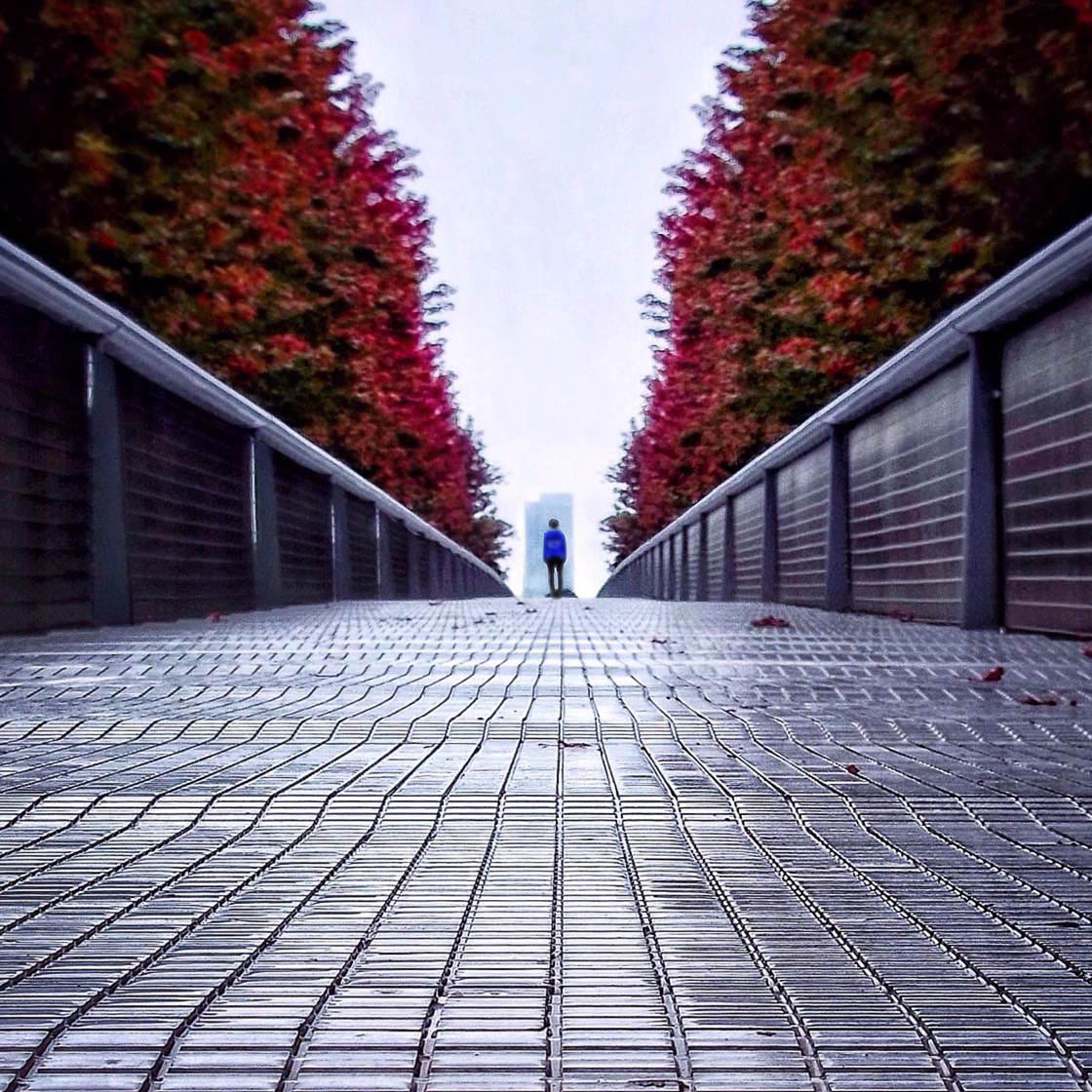Getting My Street Photographers To Work
Getting My Street Photographers To Work
Blog Article
Things about Street Photographers
Table of ContentsExcitement About Street PhotographersIndicators on Street Photographers You Should KnowThe 10-Minute Rule for Street PhotographersUnknown Facts About Street PhotographersThe Facts About Street Photographers Uncovered
Road digital photographers do not necessarily have a social function in mind, but they prefer to isolate and capture moments which may otherwise go unnoticed.He was affected by many of those who influenced the street professional photographers of the 1950s and '60s, he was not primarily interested in capturing the spirit of the street. The impulse to aesthetically document people in public began with 19th-century painters such as Edgar Degas, douard Manet, and Henri de Toulouse-Lautrec, that worked side by side with digital photographers trying to record the essence of urban life.
As a result of the fairly primitive technology readily available to him and the long exposure time called for, he had a hard time to capture the hustle and bustle of the Paris roads. He explored with a collection of photo approaches, trying to locate one that would certainly allow him to capture movement without a blur, and he located some success with the calotype, patented in 1841 by William Henry Fox Talbot. Unlike Atget, professional photographer Charles Marville was hired by the city of Paris to produce an encyclopaedic record of Haussmann's urban preparation project as it unfolded, hence old and brand-new Paris. While the digital photographers' subject was basically the same, the outcomes were markedly different, demonstrating the impact of the professional photographer's bent on the character of the photos he produced.
The Only Guide for Street Photographers
Given the fine high quality of his pictures and the breadth of product, engineers and musicians commonly purchased Atget's prints to use as reference for their own job, though industrial interests were barely his primary motivation. Rather, he was driven to photograph every last residue of the Paris he enjoyed.

Unlike his peers, Brassa utilized a larger-format Voigtlnder camera with a longer exposure time, forcing him to be extra computed and thoughtful in his method than he could have been if making use of a Leica. (It is thought that he might not have been able to afford a Leica during that time, but he did, however, use one in the late 1950s to take colour pictures.) Brassa's photographs of the Paris abyss brightened by fabricated light were a discovery, and the compilation of the series that he published, (1933 ), was a significant success.

Street Photographers Things To Know Before You Get This
It is as a result of this basic understanding of the art of picture taking that he is often attributed with discovering the tool all over once again approximately a century given that its invention. He took photographs for more than a half century and influenced generations of digital photographers to trust their eye and instinct in the minute.
These are the inquiries I will try to address: And then I'll leave you with my own meaning of street digital photography. Yes, we do. Let's begin with specifying what an interpretation is: According to it is: "The act of specifying, or of making something certain, distinct, or clear".
No, absolutely not. The term is both limiting and misdirecting. Seems like a street digital photography should be photos of a streets ideal?! And all road digital photographers, with the exception of a handful of absolute visit the site newbies, will completely value that a road is not the essential component to street digital photography, and in fact if it's a picture of a street with possibly a couple of boring individuals doing absolutely nothing of interest, that's not street photography that's a photo of a road.
Street Photographers for Beginners
He makes a legitimate factor don't you think? Nevertheless, while I concur with him I'm not exactly sure "candid public digital photography" will certainly catch on (although I do type of Bonuses like the term "candid digital photography") since "street photography" has actually been around for a very long time, with several masters' names affixed to it, so I think the term is below to stay.
You can shoot at the coastline, at a celebration, in an alley, in a park, in a piazza, in a cafe, at a museum or art gallery, in a metro terminal, at an occasion, on a bridge, under a bridge ...
Street Photographers - Questions
Yes, I'm afraid we terrified no choice! Without regulations we can not have an interpretation, and without a definition we do not have a style, and without a style we don't have anything to define what we do, and so we are stuck in a "guidelines meaning style" loop! - Street Photographers

Report this page